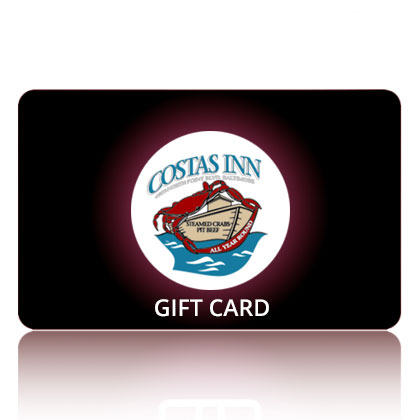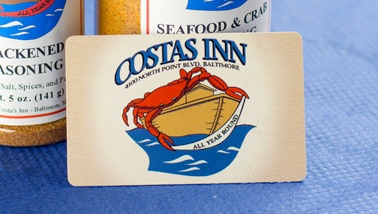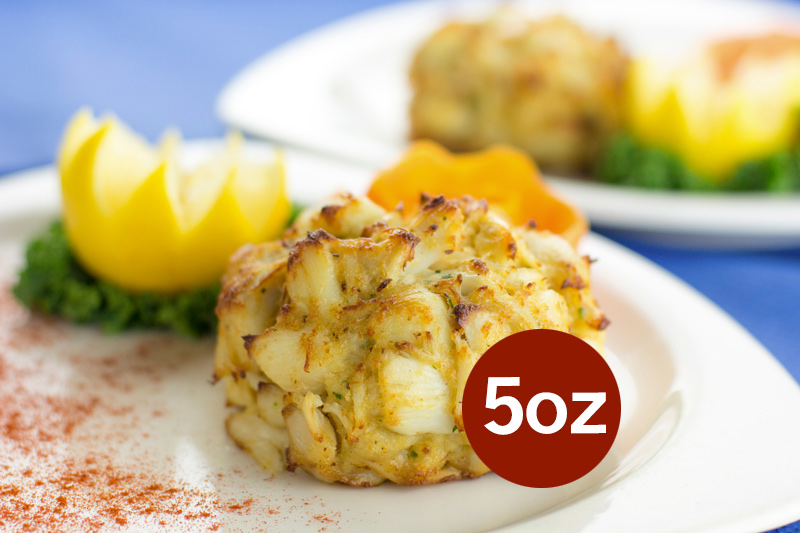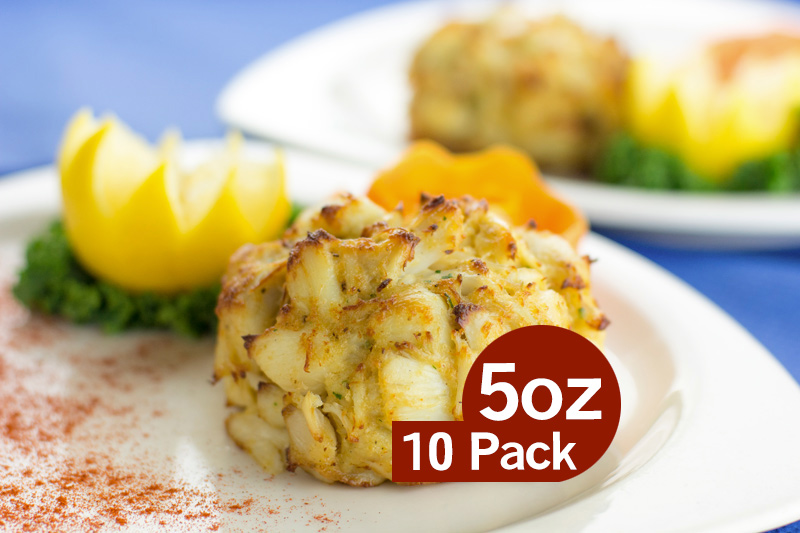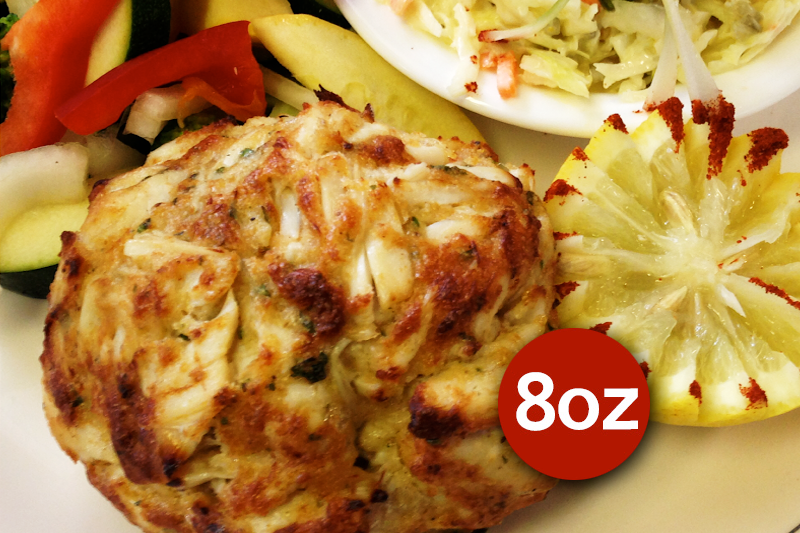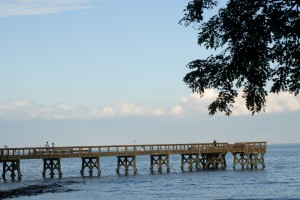
Sustainability should be our common goal because it does benefit everyone.
How do you get your seafood? And where do you get it from? These questions might have easy answers. But everyone’s lifestyle is different. That said, sustainability should be our common goal because it does benefit everyone. So when it comes to gathering seafood (and food in general), how can you ensure you’re doing your part to contribute towards a better and more responsible harvest? Allow us to show you!
Think About the Carbon Footprint Impact
These days, the “carbon footprint” concept is weighing heavily on everyone’s minds. Carbon emissions are clearly harming the environment. So do what you can to create a better future for us all. Fresh fish typically comes to the US from China or elsewhere in Southeast Asia. All of this fish is shipped preserved in ice. But this uses up more energy than you might think.
Consider the Total Biodiversity
Biodiversity is another element of sustainability that is often overlooked. Americans prefer shrimp, salmon, tuna, and cod over the other types of available seafood. When you visit the fish counter at your local supermarket, inquire about whatever the “catch of the day” is.
How Were the Fish Caught?
The question posed above is one of the most important to answer in pursuit of sustainability. Broadly speaking, seafood is either farmed or wild-caught. The dredging and bottom trawling methods are the two most common methods of mass fishing, but these nets damage the underwater ecosystem. Oh, and before we go, want to know something else? The top five most sustainable fish choices are (1) oysters, (2) Pacific sardines, (3) Sablefish, (4) Atlantic mackerel, and (5) Alaskan salmon. But those aren’t and shouldn’t be your only options. Feast your eyes on some of the suggestions we have enclosed for you below!
Anchovies
Anchovies are incredibly sustainable. These oily fish are iconic toppings on pizza, but there is so much more to them than that. They are cured and packed in oil or salt before they’re encased in tins or jars where they’ll be sold in stores. These fishy friends exist at the bottom of their food chain. So they actually regenerate their populations extremely quickly!
Farmed Arctic Char
Farmed Arctic char is another variety of fish that is considered sustainable as well. If you are not keen on salmon or trout, you could opt for arctic char instead!
COSTAS INN IS YOUR SEAFOOD DESTINATION
Costas Inn has been a Baltimore tradition since 1971. So here’s to 50 years, and cheers to 50 more!
You may recognize our restaurant recently featured on the Food Network with Michael Symon on Burgers, Brew, and ‘Que! We were also voted the 2015 #1 Baltimore Seafood Restaurant by USA Today and #1 Crab Restaurant 2014 in the Baltimore Business Journal. You may have also spotted Costas Inn during one of our nine appearances on the Today Show or heard one of our many interviews on WJZ TV Channel 13 with Ron Matz and Marty Bass.
You can enjoy our famous crab cakes in-house or order them online for any time eating. We also provide some of the best seafood catering in the Baltimore area! Of course, you can also get your fill from Costas even when you’re not in our dining room: follow us on Facebook, Twitter, Pinterest, and YouTube!
Tags: blog, fish, seafood, sustainability

